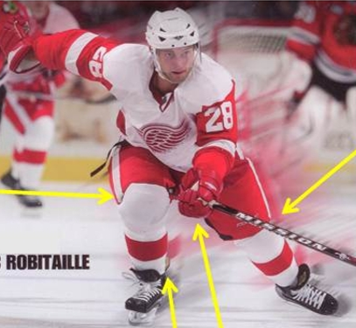What is Hip Impingement?
Femoral Acetabular Impingement (FAI)
And How Physical Therapy can Help.
What does FAI really mean?
FAI is caused when the femoral head (the ball-shaped bone at the end of the femur that connects to the hip) and the acetabulum (the socket of the hipbone, into which the head of the femur fits) do not properly fit together. Here is a look at three different kinds of impingement that may occur.
Femoral Side
Cam Impingement
Acetabular Side
Pincer Impingement
Both
Mixed
This injury is more common with martial arts, ballet, cycling, rowing, golf, tennis, soccer, football, ice hockey, baseball, lacrosse, field hockey, rugby, water polo, and deep squatting activities such as power lifting. It occurs most frequently with hip flexion and internal rotation, and is magnified with hip adduction. A few diagnoses associated with Hip Impingement are Joint Dysfunction (labral tear), Muscle Strain / Tendinopathies (Hip flexor, Adductor, Proximal hamstring), and “Core Injury” (sports hernia).
If you suspect that you may be experiencing a form of Hip Impingement, here are a few symptoms to watch for:
· Pain in the Anterior Hip, Groin, or “Deep” within the hip
· Constant “tightness” or loss of “flexibility”
· “Difficulty” getting into a butterfly position or limited butterfly range of motion
· Pain with sitting after activity
Physical Therapy can HELP!
The goal of Physical Therapy is to correct or manage soft tissue symptoms that result in weakness, pain, and limited range of motion. This is achieved through In-season practice / competition management, soft tissue work, basic strengthening, functional strength progression, and sport specific exercise.
Don’t let FAI stop you from achieving your goals! Schedule an assessment with a PT who specializes in Hip Impingement Syndrome and let us help you get back to your sport ASAP.





